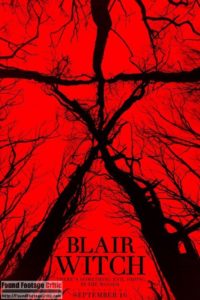 “Blair Witch” is a 2016 found footage horror film directed by Adam Wingard and written by Simon Barrett. The film is the much-anticipated sequel to the classic found footage film, The Blair Witch Project (1999). Blair Witch follows the brother of one of the ill-fated film crew that went missing in the woods outside of Burkittsville, MD in the original film over 20 years ago.
“Blair Witch” is a 2016 found footage horror film directed by Adam Wingard and written by Simon Barrett. The film is the much-anticipated sequel to the classic found footage film, The Blair Witch Project (1999). Blair Witch follows the brother of one of the ill-fated film crew that went missing in the woods outside of Burkittsville, MD in the original film over 20 years ago.
The announcement of a sequel to the seminal found footage movie caught horror fans around the world by surprise. Originally titled “The Woods,” the movie was revealed to be Blair Witch during the 2016 Comic-Con. The stunning announcement resulted in a Blair Witch fan frenzy that went viral almost instantaneously.
Director Adam Wingard and writer Simon Barrett are no strangers to found footage movies. The duo worked together on segments of the wildly popular horror anthology films V/H/S (2012) and V/H/S/2 (2013).
In a recent interview with Blair Witch Project (1999) co-creator Eduardo Sanchéz on episode #77 of our Found Footage Files podcast, Sanchéz said the new sequel “blows the doors off the original!” We’ll see if this emotionally charged statement holds true in our full film review that follows!
Click here to sign the official petition to LIONSGATE to release unseen footage from the original 1999 film “The Blair Witch Project.
Plot Overview
In the same vein as the original film, Blair Witch opens with an on-screen message describing the genesis of the found footage viewers are about to see. The story follows James (James Allen McCune), who is on a personal mission to find his long lost sister, Heather, who went missing in the woods outside Burkittsville, MD in 1994.
Fans of The Blair Witch Project (1999) will recall that Heather and her film crew visited Burkittsville in 1994 to film a documentary about the local legend of the Blair Witch. The film crew went missing several days into their investigation. Only their cameras and footage were recovered.
Over fifteen years later, James happens upon a new video uploaded by a Burkittsville resident containing imagery of someone resembling Heather’s likeness. Convinced that the person in the video is his sister, James plans a trip to Burkittsville to investigate.
James recruits three friends to join his quest, including Lisa (Callie Hernandez), Ashley (Corbin Reid), and Peter (Brandon Scott). It so happens that Lisa has to make a documentary for her film class and decides to use James’ investigation as the subject matter for her project.
The group heads out with a battery of ear-mounted cameras, handheld video cameras, remote control aerial drone, and camping equipment. Their first stop is the residence of the person who found and uploaded the video, Lane (Wes Robinson) and his friend Talia (Valorie Curry). Lane agrees to show the group where he found the video under the condition that he and Talia can go with them into the woods.
With no choice but to accept Lane’s conditions, the group of six head out to the same backwoods where Heather, Josh, and Mike went missing so many years earlier. Soon after the intrepid group crosses the threshold of the Burkittsville woods, strange things start to happen. Will James find his long lost sister or will history repeat itself? Only the recovered footage will reveal the truth.
Filming Reason
The filming reason measures the rationale for the characters filming a feature length’s worth of footage. To the credit of Wingard and Simon, Blair Witch provides exceptional filming reasons that span the duration of the movie. At no point during the film are viewers likely to ask “why are they still filming,” a common shortcoming of many modern found footage films.
Wingard and Simon employ a creative and radical new filming reason never-seen-before in the found footage genre
The opening scenes of Blair Witch capture James explaining the history behind his sister’s disappearance. The new video evidence gives James renewed hope that his sister is alive. James’ friend Lisa films these opening moments as part of a documentary for her film class project. At the same time, James enthusiastically wants to document this break in his sister’s case.
Once the group gets underway to Burkittsville, Lisa and James capture everything that happens on video through a combination of head-mounted video cameras, traditional handheld video camera, and an aerial drone. Lane, who accompanies the group on their quest brings a handheld tape video camera—filming everything as part of his obsession over the Blair Witch legend.
In a clever move by Wingard and Simon, four of the main characters wear ear-mounted video cameras that look similar in shape and size to Bluetooth microphones. Since these video cameras record automatically and are small and unobtrusive, viewers are unlikely to ask why the characters continue to film during times of high stress or danger.
The group also utilize the larger handheld video cameras as light sources in the dark woods of Burkittsville, further bolstering the justification for keeping the video cameras rolling.
Every so often we come across a found footage film that contributes a new and innovative technique to the genre. Blair Witch is no exception. Wingard and Simon employ a creative and radical new filming reason never-seen-before in the found footage genre. This new filming reason is used during the climactic end of the film—unfortunately we can’t divulge the technique without introducing spoilers, so fans will have to visit the theater to find out more.
Found Footage Cinematography
Using a modern approach to filmmaking, Blair Witch advances an expanded view of the Blair Witch universe, both cinematically and mythologically.
If contrasts are to be made between The Blair Witch Project (1999) and Blair Witch (2016), these two films distinguish themselves from one another through their unique cinematography.
The Blair Witch Project (1999) uses very deliberate and controlled cinematographic techniques, which hearkens back to the days before digital recording and where each roll of film costs money to purchase and develop. In this regard, the original 1999 film takes a more linear and conservative approach to filmmaking.
In contrast, Blair Witch (2016) employs a small army of digital video cameras, all of which are constantly recording and in constant motion. This dynamic use of multiple cameras offers viewers a dizzying array of angles and POVs. Using a modern approach to filmmaking, Blair Witch advances an expanded view of the Blair Witch universe, both cinematically and mythologically.
Blair Witch (2016) uses no less than seven video cameras—four ear-mounted video cameras with integrated GPS, aerial drone, digital handheld camcorder, and DV handheld camcorder.
As discussed earlier, the four ear-mounted video cameras are similar in shape and size to Bluetooth microphones, making these video cameras easy to wear without being an encumbrance. While these video cameras effectively capture the vantage point of most of the group’s activities, the pan and sweep motions comes across as too polished and smooth for a camera mounted to the side of someone’s head—one would expect a more jerky motion. However, the fast-paced story and cinematography are so immersive that this small divergence is of little consequence to the enjoyment of the film.
Fans of the V/H/S films are sure to hail Blair Witch as a masterpiece
In another first for the found footage genre, Blair Witch employs an aerial drone to capture footage above the treeline in the Burkittsville woods. While not crucial to the main story, the footage captured from the aerial drone offers beautiful establishing shots of the woods, illustrating the group’s isolation from anything resembling civilization.
Highlighting another attention to detail, the film effectively displays video from Lane’s DV tape handheld video camera in a lower resolution than the newer digital cameras used by the other members of the group.
Wingard’s signature editing truly brings Blair Witch to life. Wingard and Simon’s time spent on the V/H/S franchise is omnipresent in Blair Witch—so much so that fans of the V/H/S films are sure to hail Blair Witch as a masterpiece. Similar to the VHS franchise, Blair Witch is comprised of a jarring array of quick cuts and cacophony of unworldly sounds that will disturb the senses and keep viewers on edge till the bitter end.
Found Footage Purity
The found footage purity is a measure of how well a film presents as actual found footage. Blair Witch does an exceptional job cinematically. However, the editing, with its quick cuts and varied perspectives presents more as a traditional narrative film rather than found footage. While highly entertaining and engrossing, found footage purity suffers somewhat from this approach.
Blair Witch is an adrenaline rush that never lets up
Blair Witch also employs a good deal of overt sound design, which effectively ramps up the tension, but is likely to detract from the found footage conceit of the film for some viewers. Accompanying the sound design are exaggerated sound elements that take away from the film’s perceived realism. In one particular scene, an injured member of the group has her bandages unwrapped, and the sound coming from the gauze is wholly unrealistic.
As mentioned earlier, Blair Witch is highly reflective of Wingard and Simon’s work on the V/H/S films. One of the hallmarks of the V/H/S franchise is the use of quick cuts and exaggerated and amplified sound. Similar to the V/H/S films, Blair Witch is an adrenaline rush that never lets up.
In the case of his work on the V/H/S franchise and Blair Witch, Wingard was faced with weighing the gritty realism demanded by found footage against the entertainment value sought by viewers. Wingard does a good job balancing these to two competing factors. However, if Blair Witch is to be judged for its technical merits as a found footage film, some of those decisions detract from the realistic intent of the film.
In contrast, The Blair Witch Project (1999), is all about realism, and to this end, the film succeeds on all levels. However, the sensibility of moviegoers today is far different than in 1999 when the original film made its debut. Today’s audience has been exposed to countless found footage films and is somewhat desensitized to the experience. That said, marketing a global theatrical release of a pure found footage film is much more difficult now that the novelty of the genre has declined.
Acting
The acting in Blair Witch is solid from end to end. James Allen McCune as character James does a good job as the somewhat obsessed brother of Heather seeking to learn the truth behind his sister’s disappearance.
Callie Hernandez as Lisa is the standout in Blair Witch, effectively selling the sheer terror of the circumstance she’s thrust into. Of particular note is her phenomenal performance in the claustrophobic scene taking place in a subterranean tunnel later in the film.
Wes Robinson does a great job as the conspiracy theorist-minded Lane, who becomes increasingly unhinged as the story unfolds. Rounding out the cast are Valorie Curry as Lane’s friend Talia, Corbin Reid as Ashley, and Brandon Scott as Peter who perform convincingly in their respective roles.
Plot
Fans of the original Blair Witch Project (1999) who are expecting to see a film of the same feel and cadence as the original are in for a big surprise. While Blair Witch is a very good film, the approach taken is vastly different than its predecessor.
Blair Witch is a modern re-imagining of the original timeless classic
While The Blair Witch Project (1999) is slow and methodical, Blair Witch moves like an out-of-control roller coaster that’s best watched on a big screen.
In broad strokes, the general plot direction of Blair Witch mirrors the original, but at the same time expands upon the Blair Witch universe, reveals new insights, and adds to the lore of the first film. In this regard, Blair Witch is a modern re-imagining of the original timeless classic.
Diehard Blair Witch fans will also be pleased by the countless callbacks and Easter eggs spread throughout the film—some of which are more obvious than others. We’ll leave these for fans to discover rather than pointing them out, making the film more fun to watch.
After having watched and reviewed Blair Witch, we can faithfully say that the film does indeed “blow the doors off the original,” and is a worthy successor to The Blair Witch Project (1999).
Click here to sign the official petition to LIONSGATE to release unseen footage from the original 1999 film “The Blair Witch Project.
Additional Resources
- Blair Witch (2016) Movie Trailer
- Blair Witch Project (1999) Petition to Lionsgate
- [Podcast] Interview with Eduardo Sanchez
- [Interview] Blair Witch Project Co-Creator Eduardo Sánchez Says Sequel “Blows the Doors Off the First Film
Post Your Comments
What do you think about Blair Witch (2016)? Does the film stand up to the original 1999 film? Post your comments below.

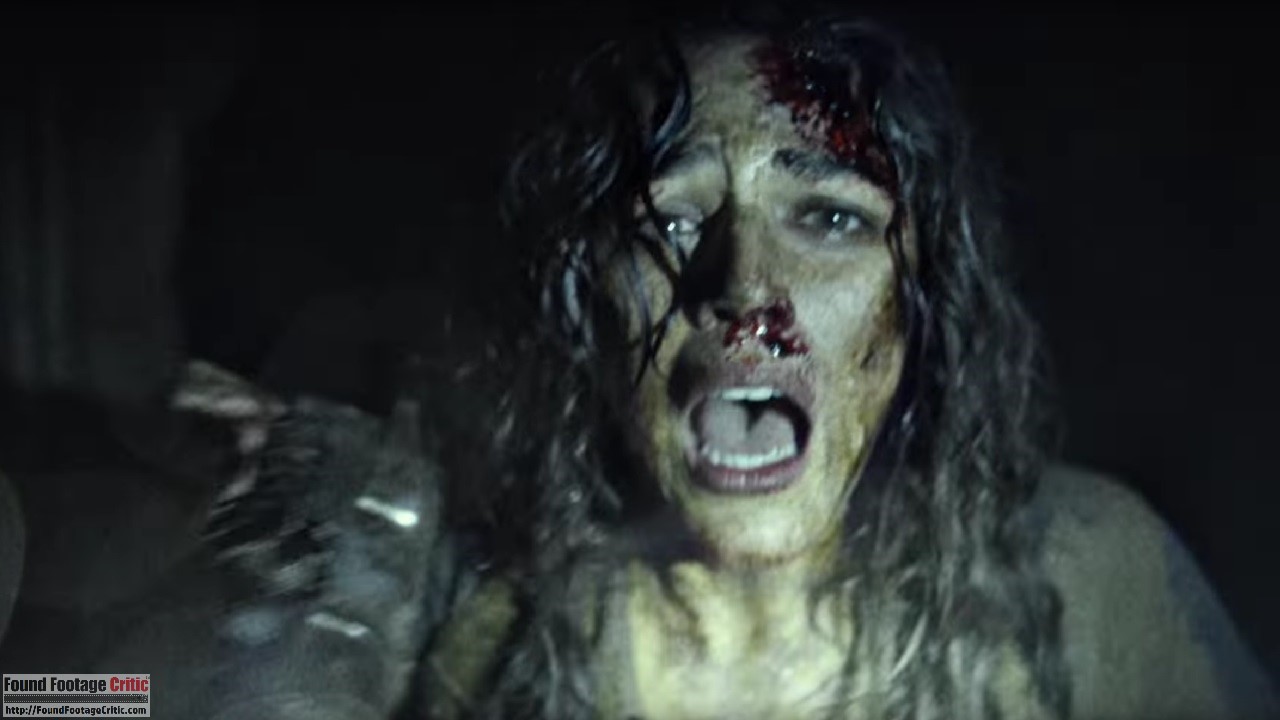
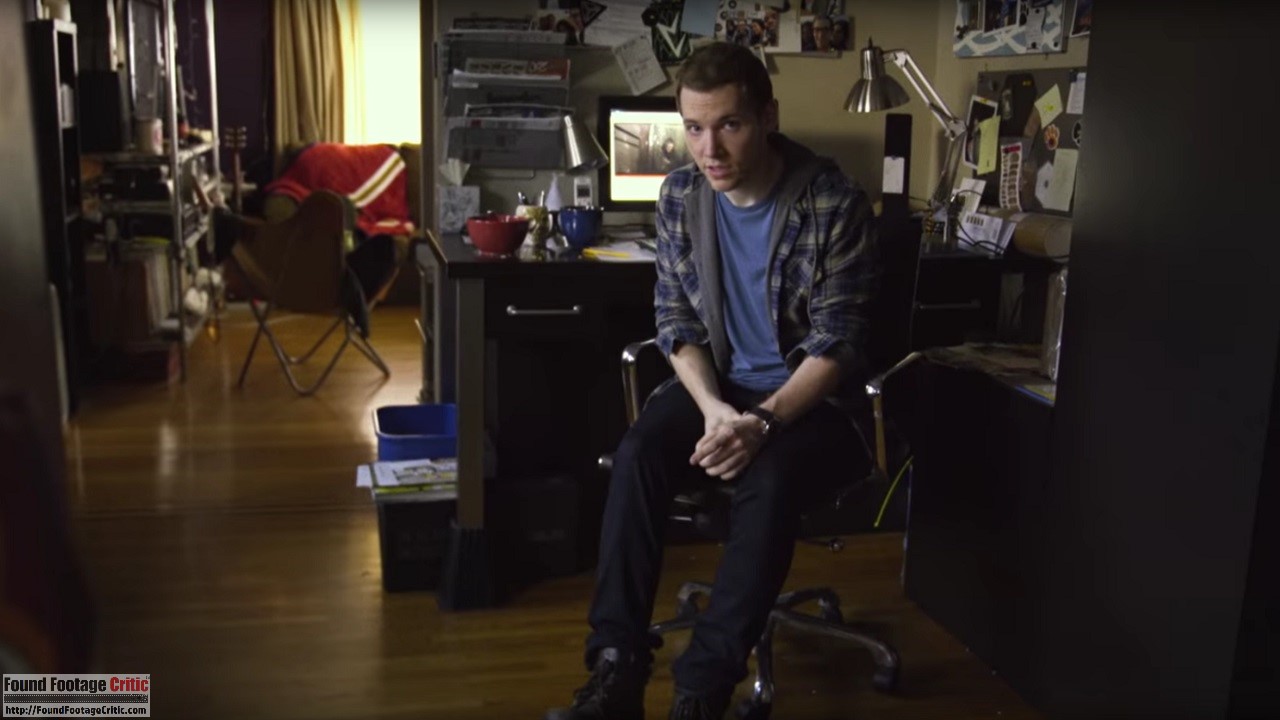
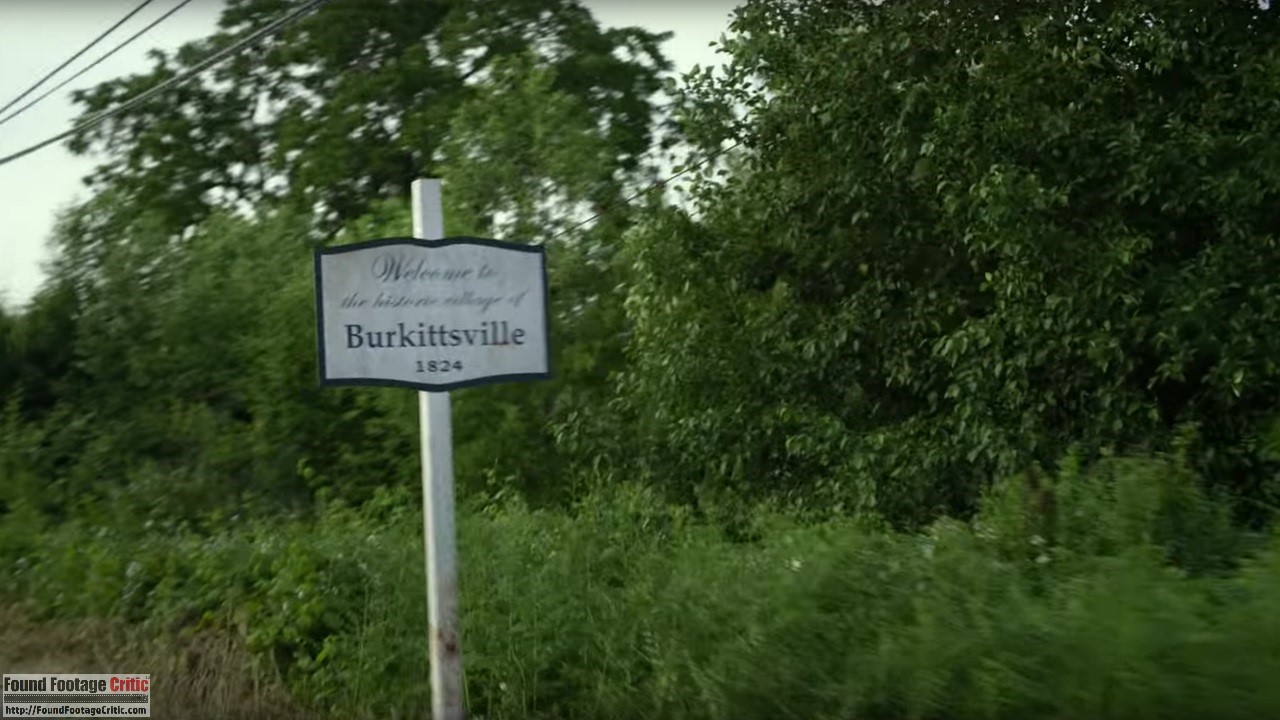
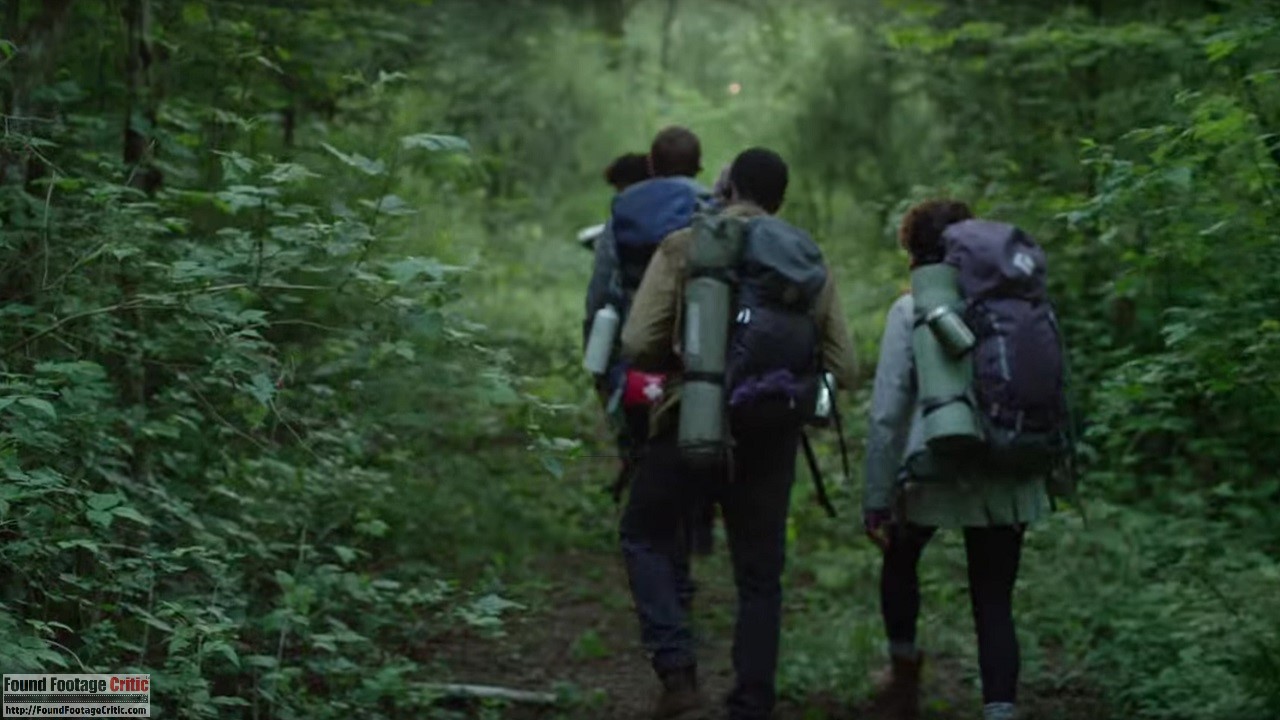
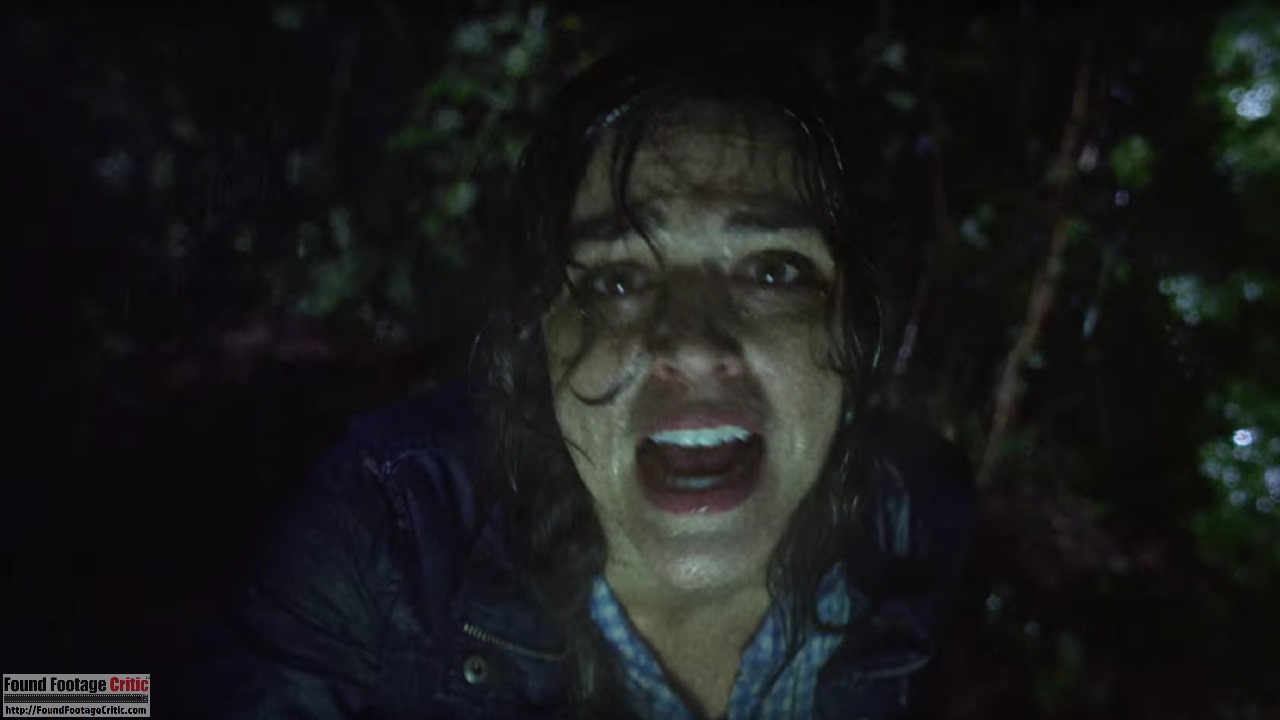
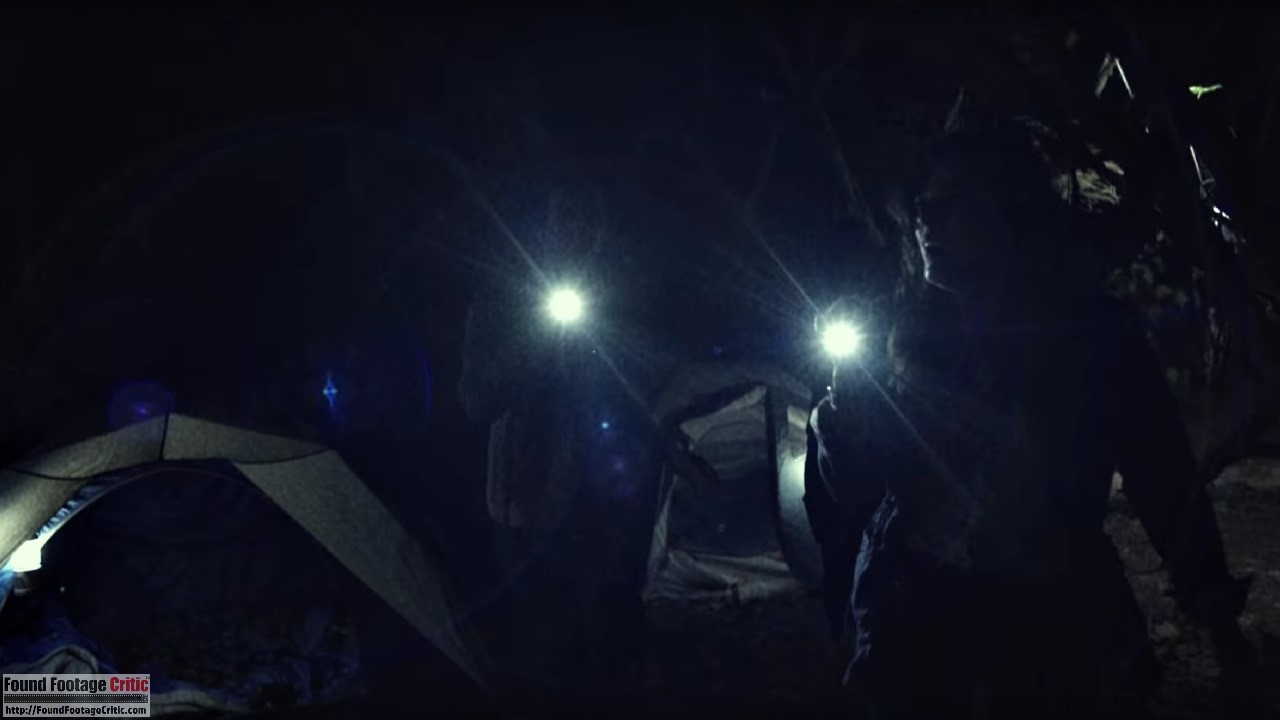
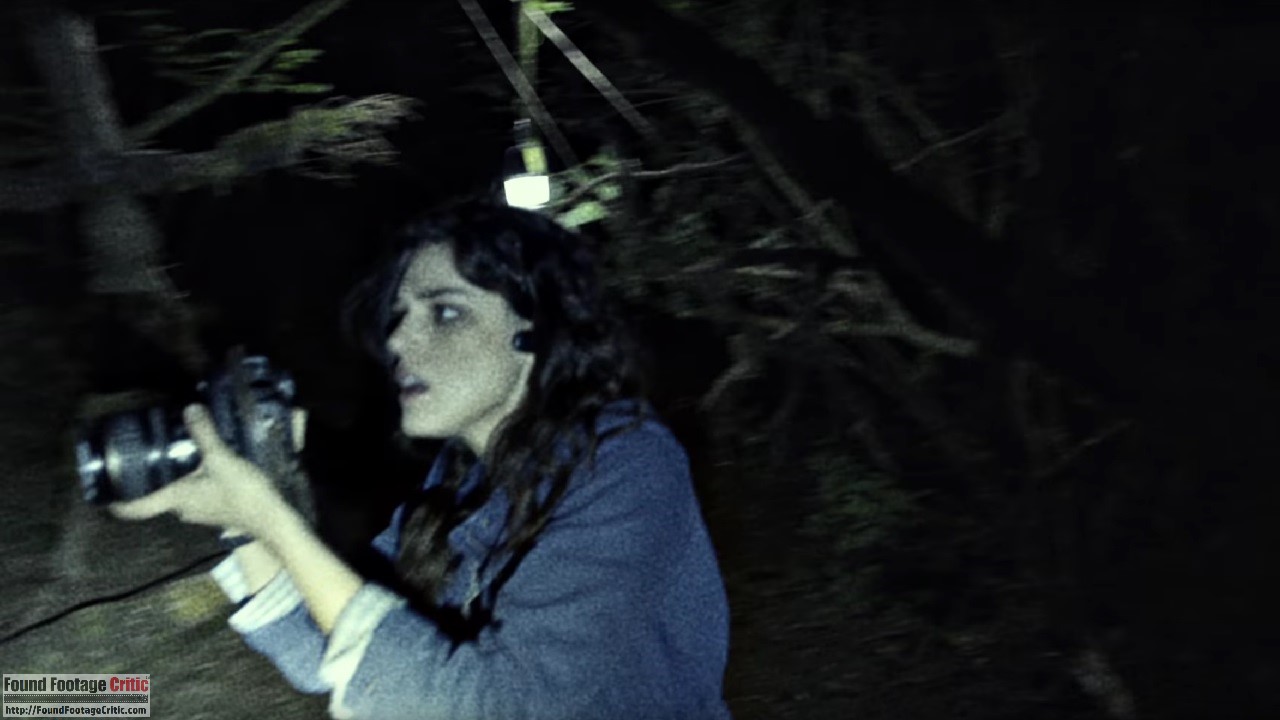
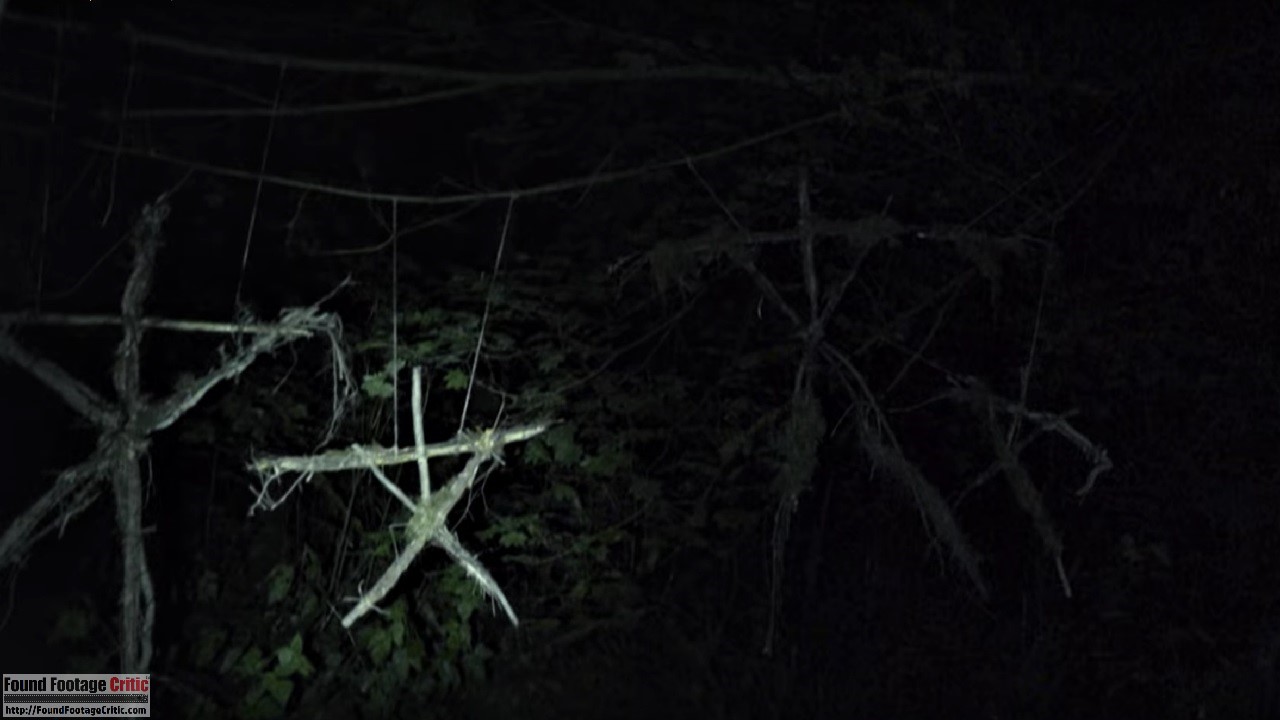
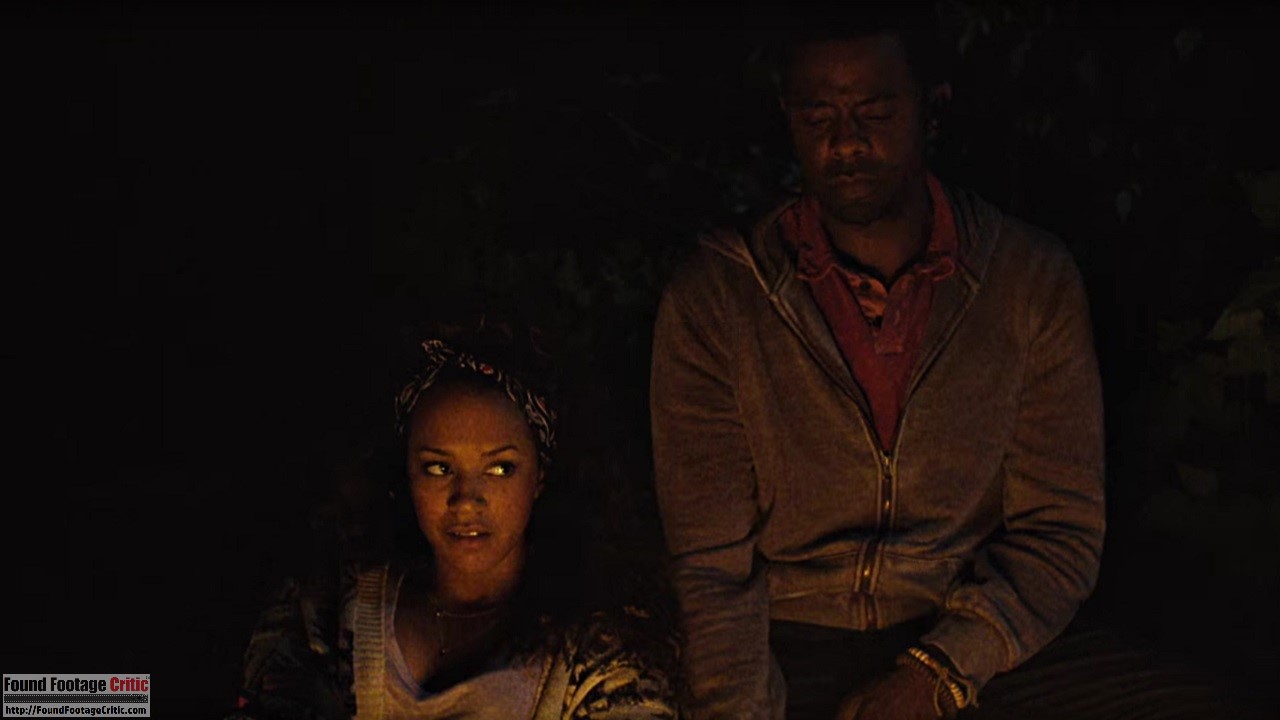
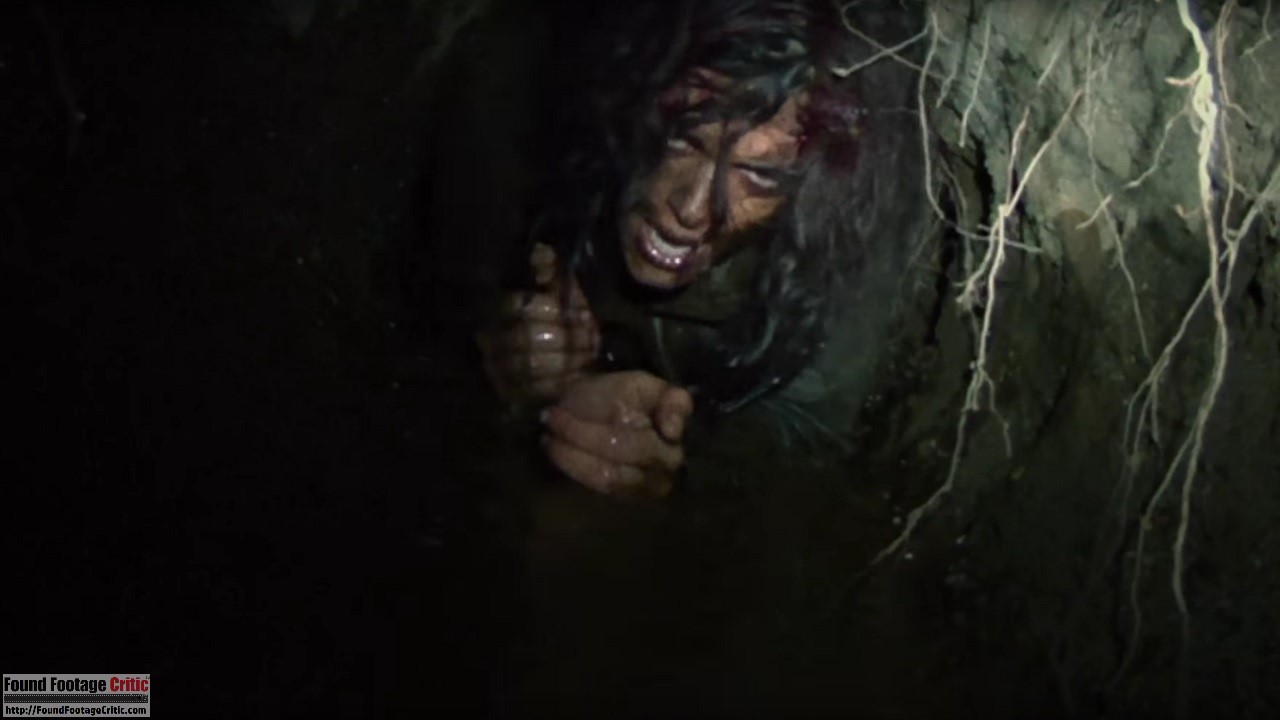
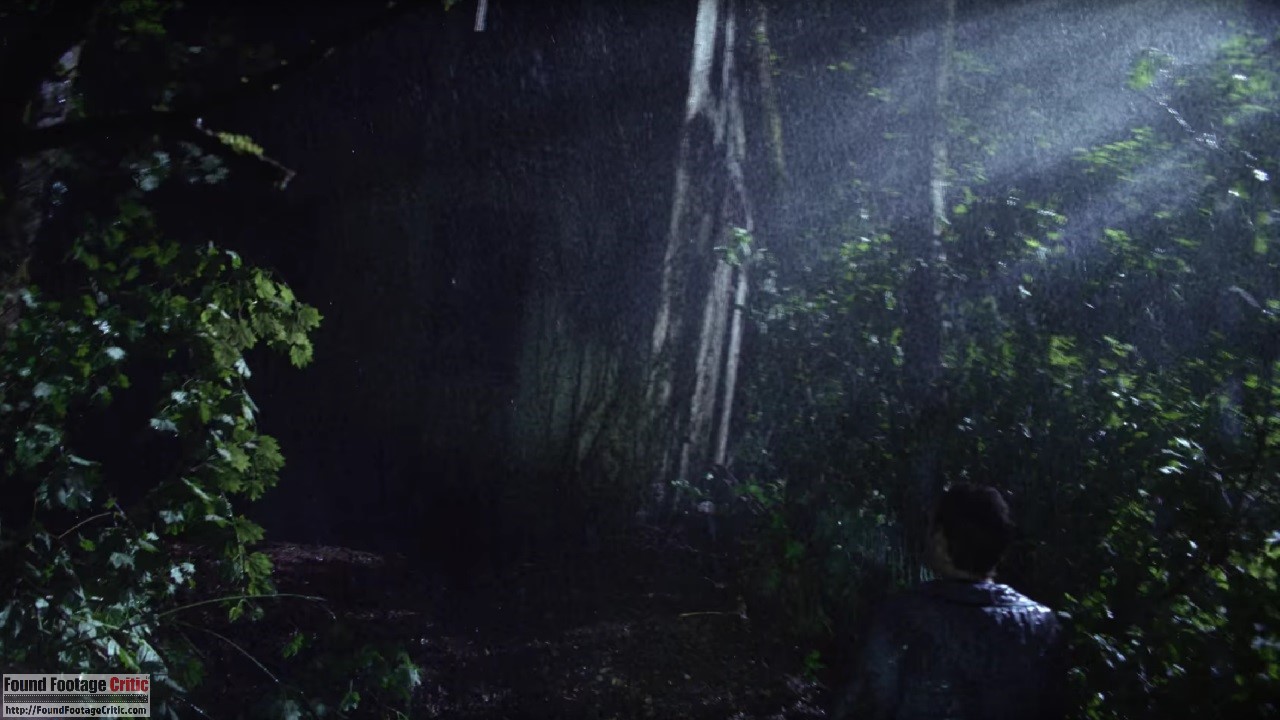
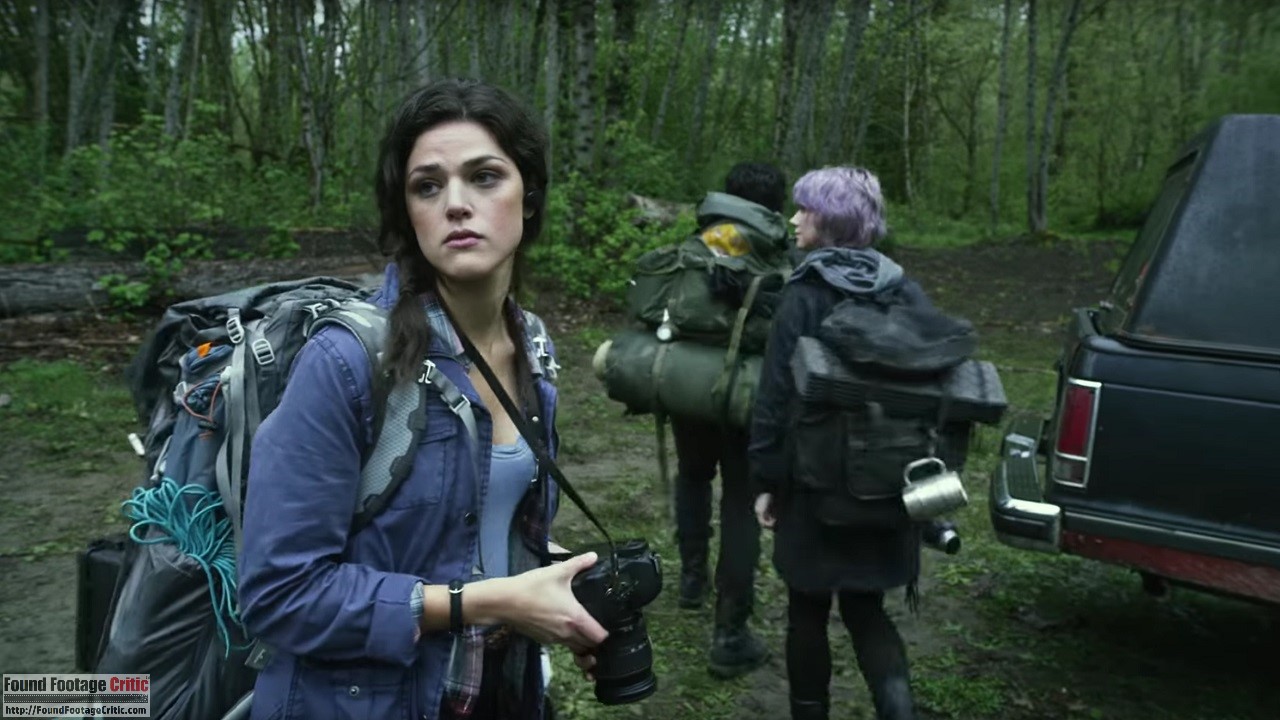
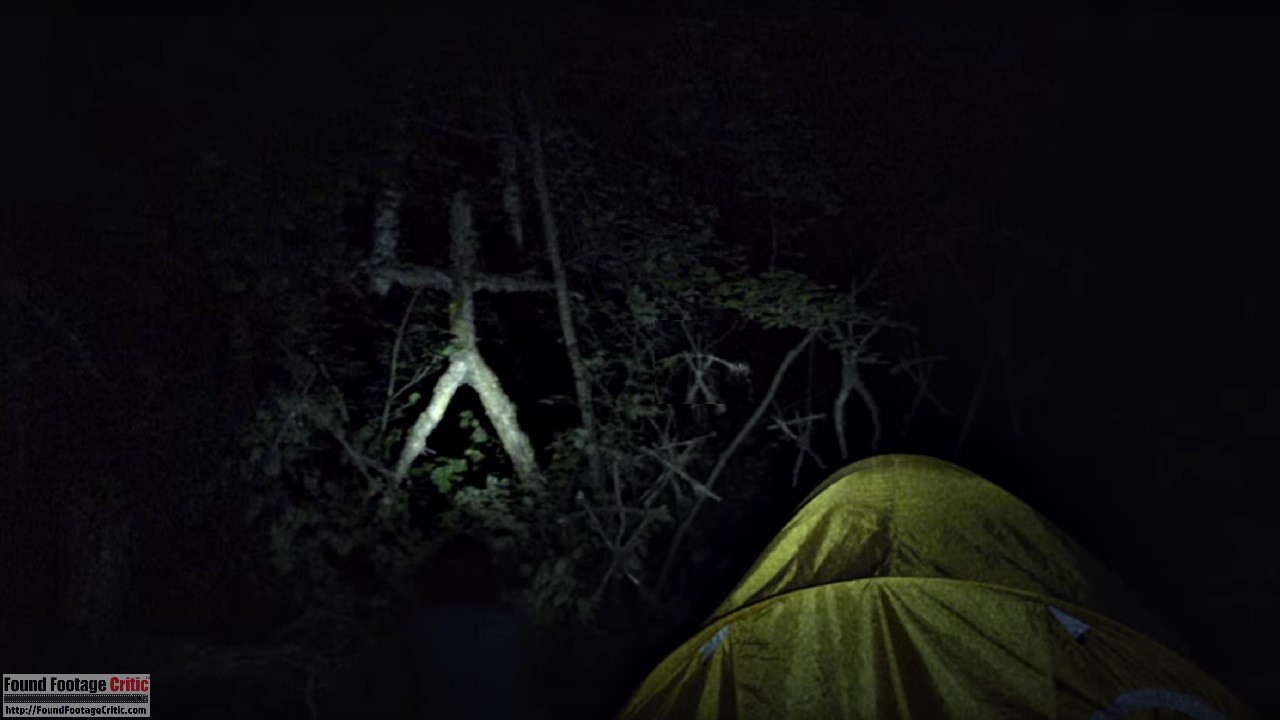
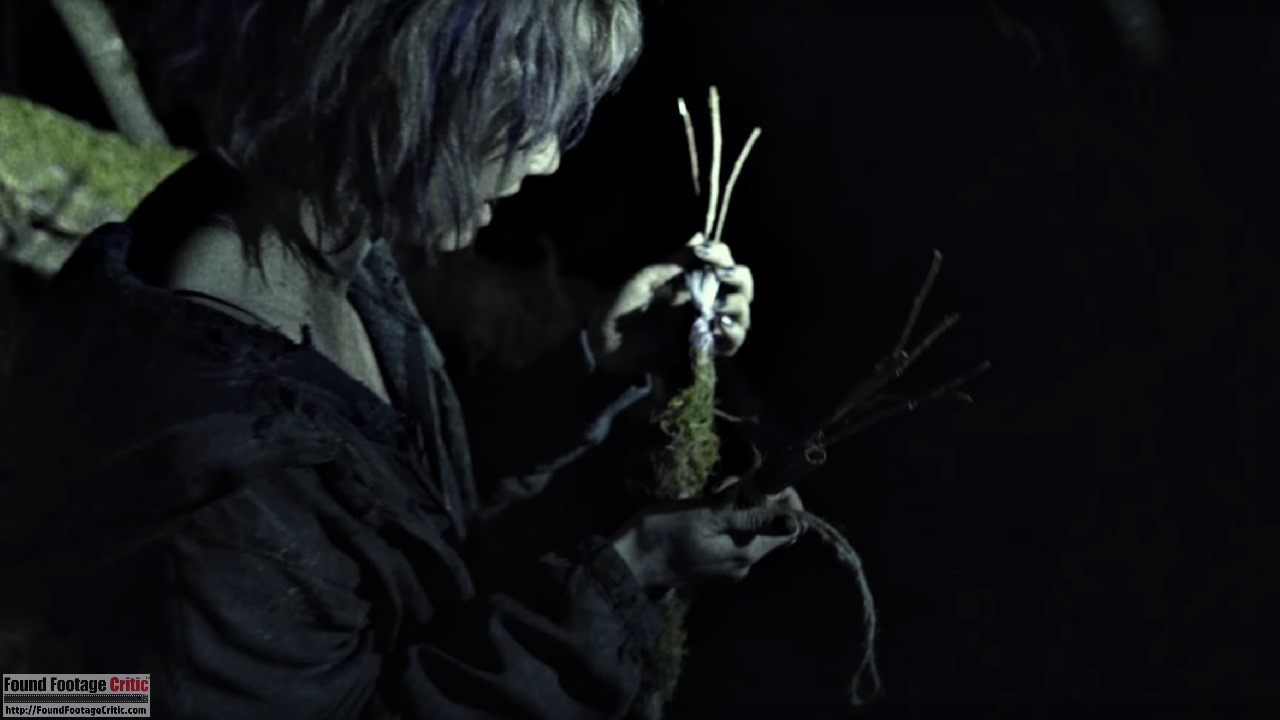
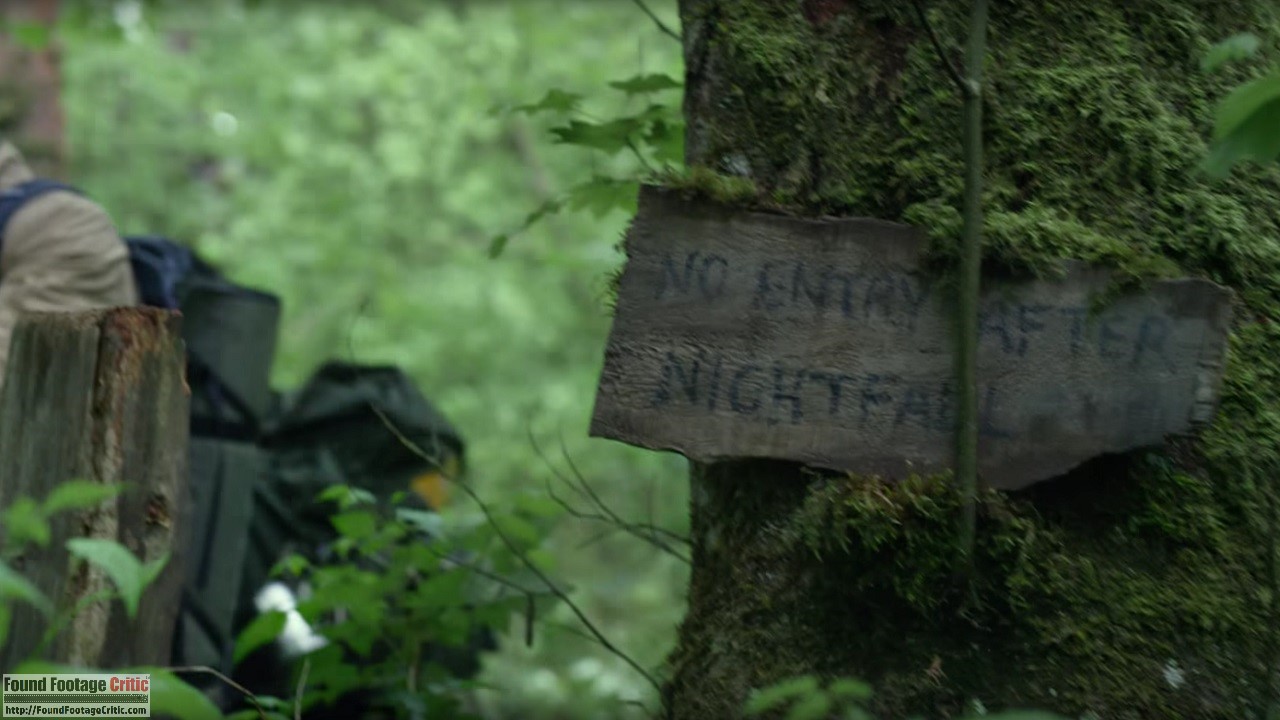
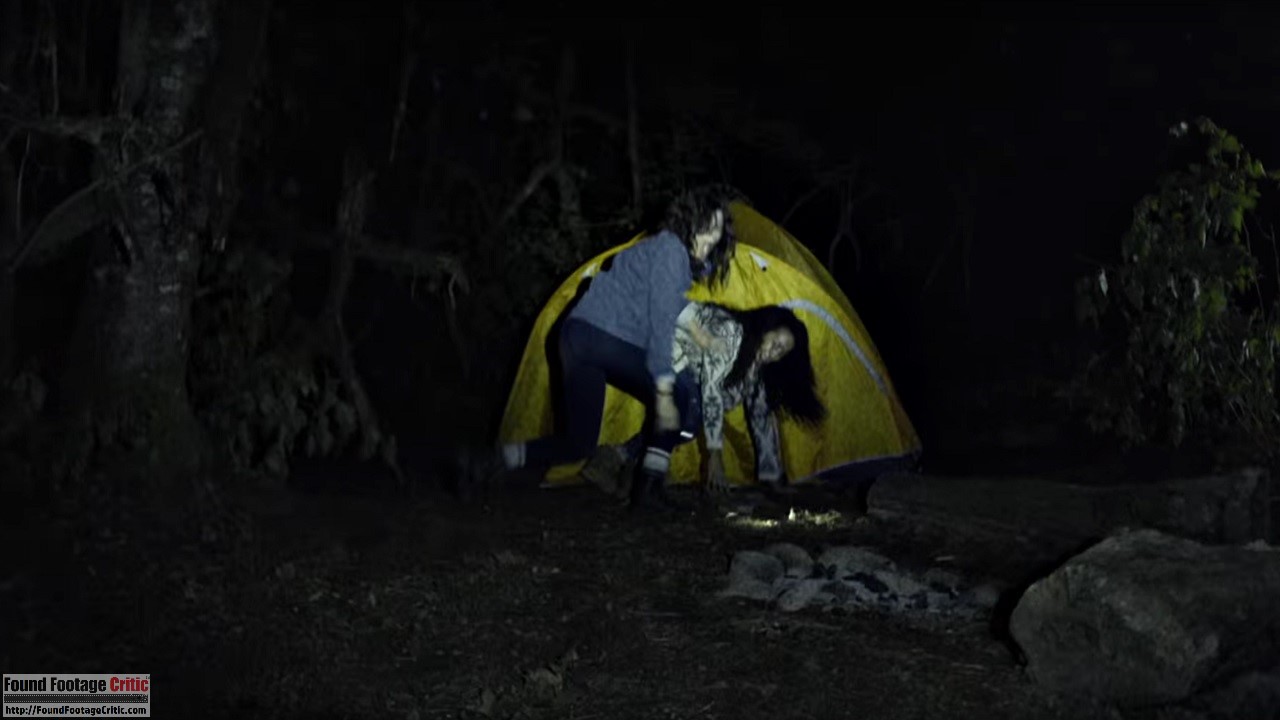

5 Comments
The movie is terrible. No way is this better than the original. It’s not
even as good as recent found footage films like Grave Encounters. The
characters are unlikable, stupid, and the filming style incoherent. You
can’t even tell what’s going on once the “action” begins, so very little tension
is created. The use of the drone is pointless as all it really does is
serve as an absurd reason for someone to climb a tree. There’s a reason
this film is rated lower than 30% on RT. Do you folks receive discount tickets for good reviews?
I agree with your assessment that the first Blair Witch film is better than the sequel. We rated the first film a perfect 10/10 (one of two films on our site to hold that distinction).
We believe much of the bad press and less-than-stellar reviews are based on viewer expectation. Many viewers were expecting to see a film that looked and felt like the original Blair Witch Project in tone and cadence, in this regard the sequel does not deliver. The director/writer team (Wingard/Barrett) are just coming off V/H/S, which is more akin to how this film plays out. This is the stylistic direction the filmmakers opted for and we can’t fault them for their creative direction.
However, if the sequel is reviewed in a bubble (without comparing/contrasting against the original film), then film is actually better than many other found footage films. We took this approach to review the film, objectively and without allowing the emotions, memories, and deadpan realistic cinematography of the first film to impact our judgement.
Grave Encounters is a great film and although we haven’t formally reviewed it yet, the film will have a very good score based on my prior viewings. We hope review it soon.
The movie is terrible. No way is this better than the original. It’s not even as good as recent found footage films like Grave Encounters. The characters are unlikable, stupid, and the filming style incoherent. You can’t even tell what’s going on most of the time, so very little tension is created. The use of the drone is pointless as all it really does is serve as an absurd reason for someone to climb a tree. There’s a reason this film is rated lower than 30$ on Rotten Tomatoes. This site must receive free screenings for good reviews.
Post your comments by 930PM EDT 9/18/2016 and we’ll read them on our podcast review of Blair Witch (2016)!
So, i have mixed feelings on this movie. on the one hand, it’s great to see the mythology extended, even though it seems to touch on elements that i didn’t notice in the first instalment (because lets face it, the second one doesn’t count). I liked the fact that they embraced new technology, kinda like they did in ‘Area 51’, and actually very much liked all the digital glitches they added to emphasise the time span between the two movies, HOWEVER, i have a big issue with the sound of this movie!!
Honestly, the music and the sound design was fine, but it belonged to another movie, not Blair Witch. The original was pure diegetic and everything sounded as if it came from the raw footage, but this was so obviously added in post. it seemed more in keeping with VHS than with Blair Witch. To me, once anything is added to a found footage film that would not have been present if you had literally picked up the camera from the floor (or in a lightning struck tree) the realism is lost.